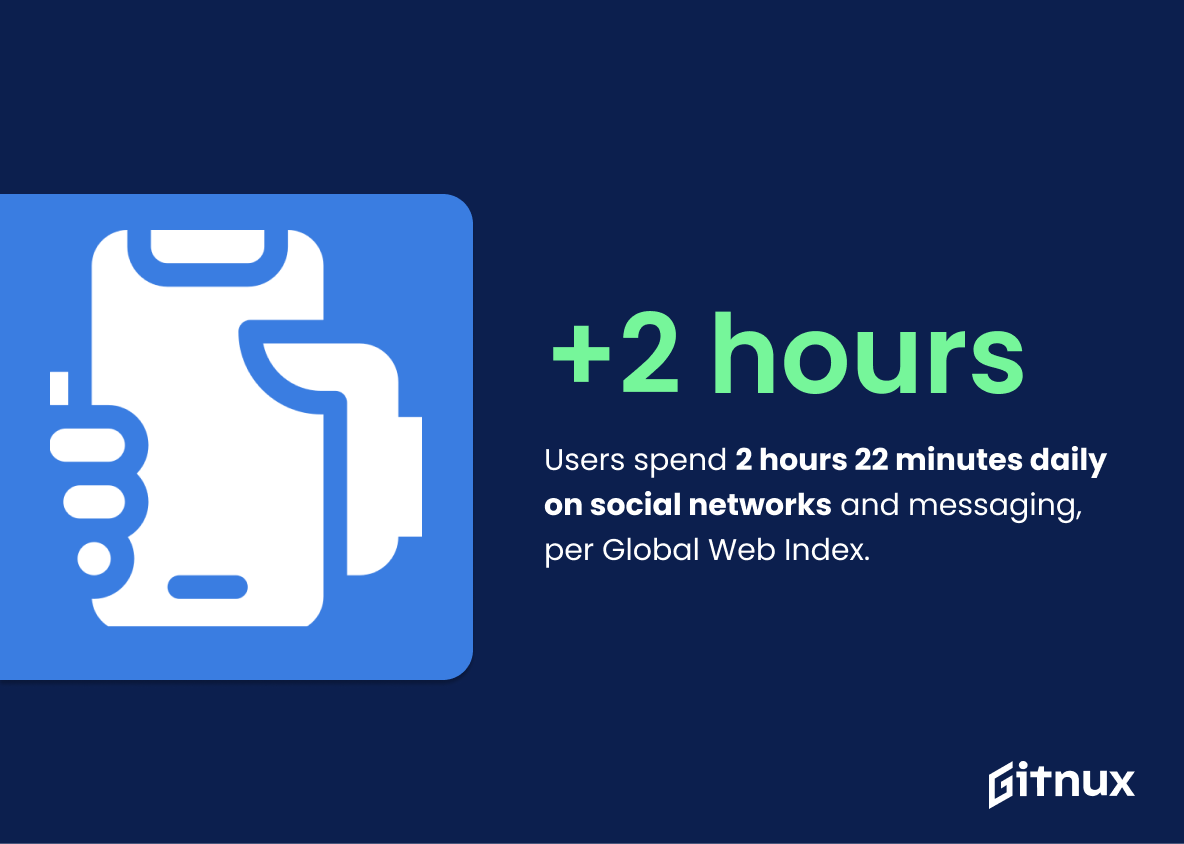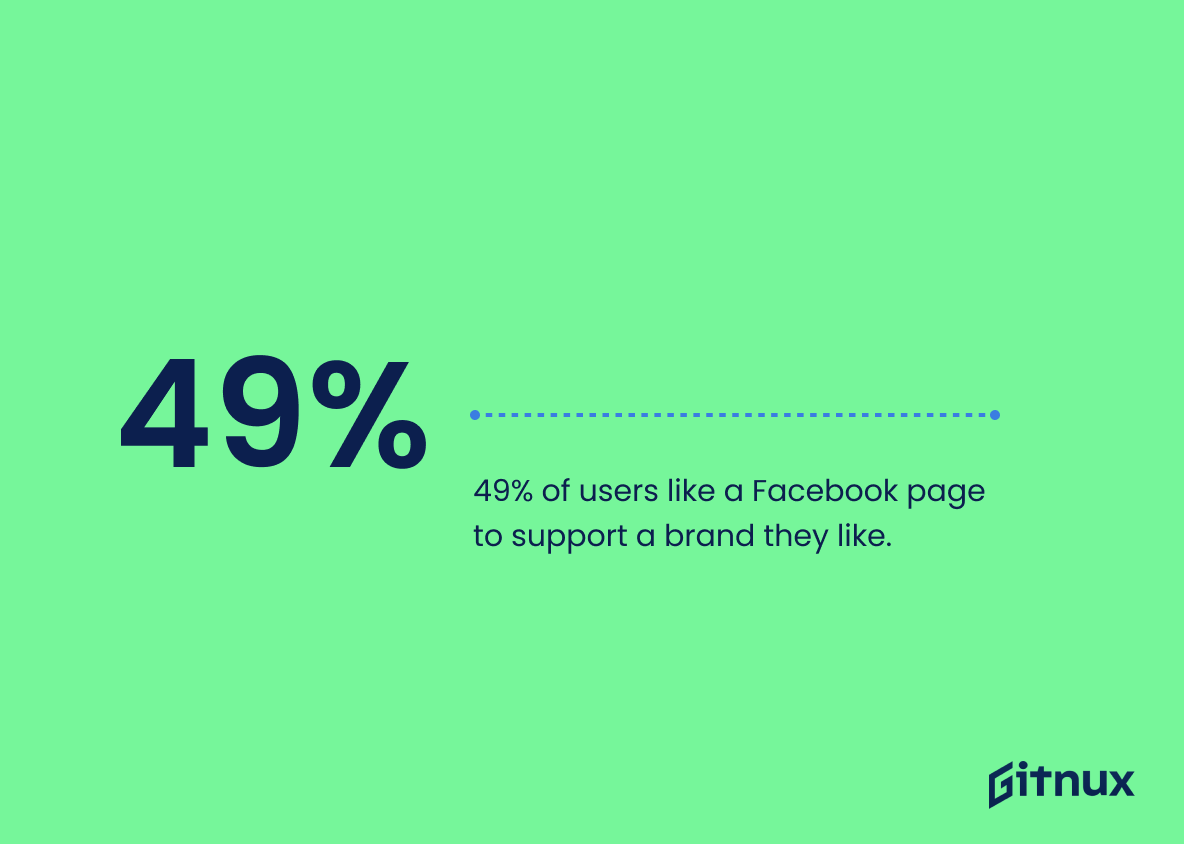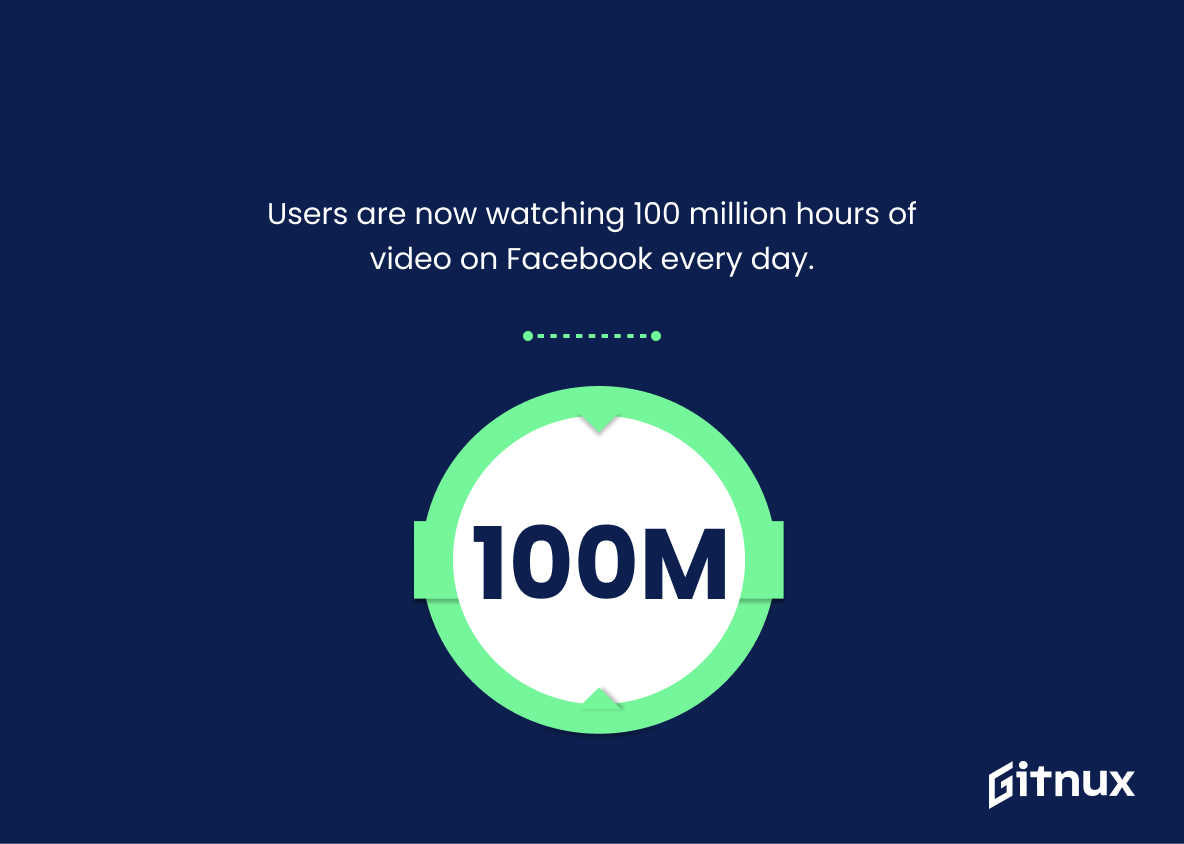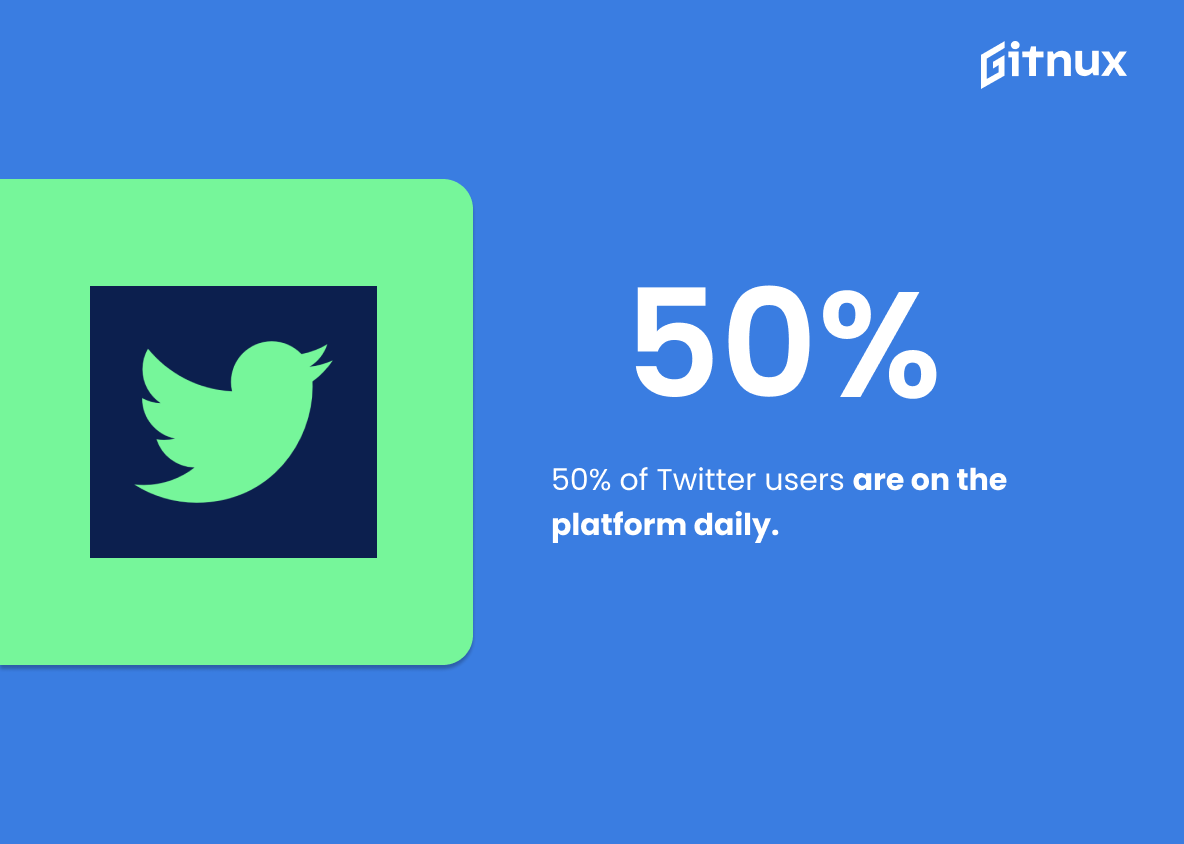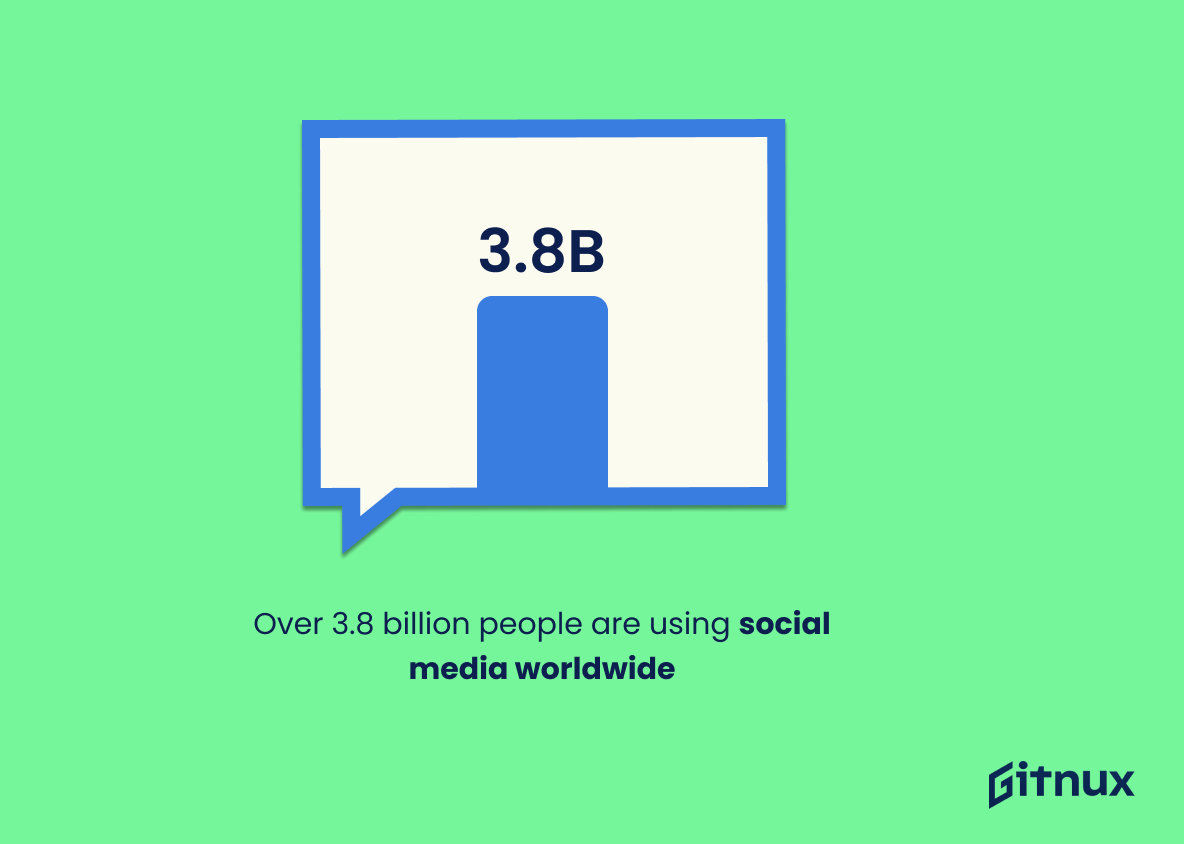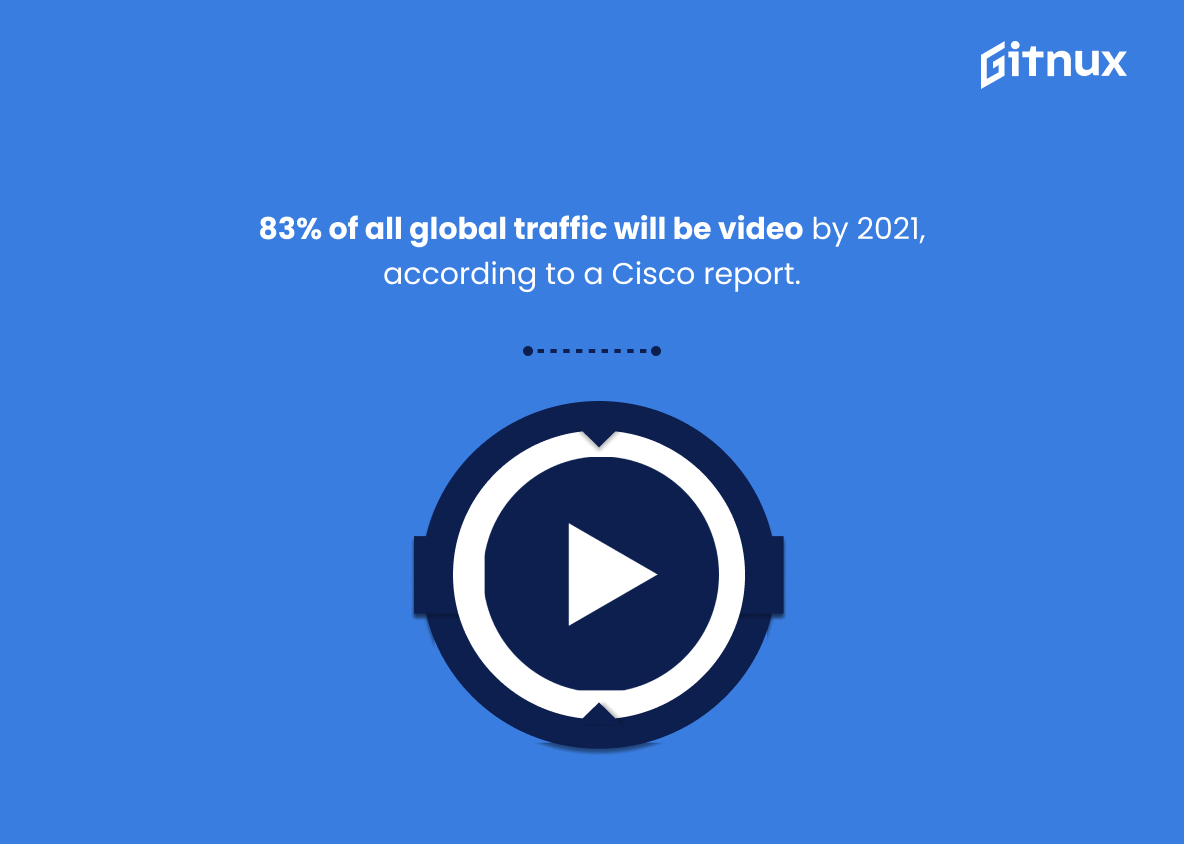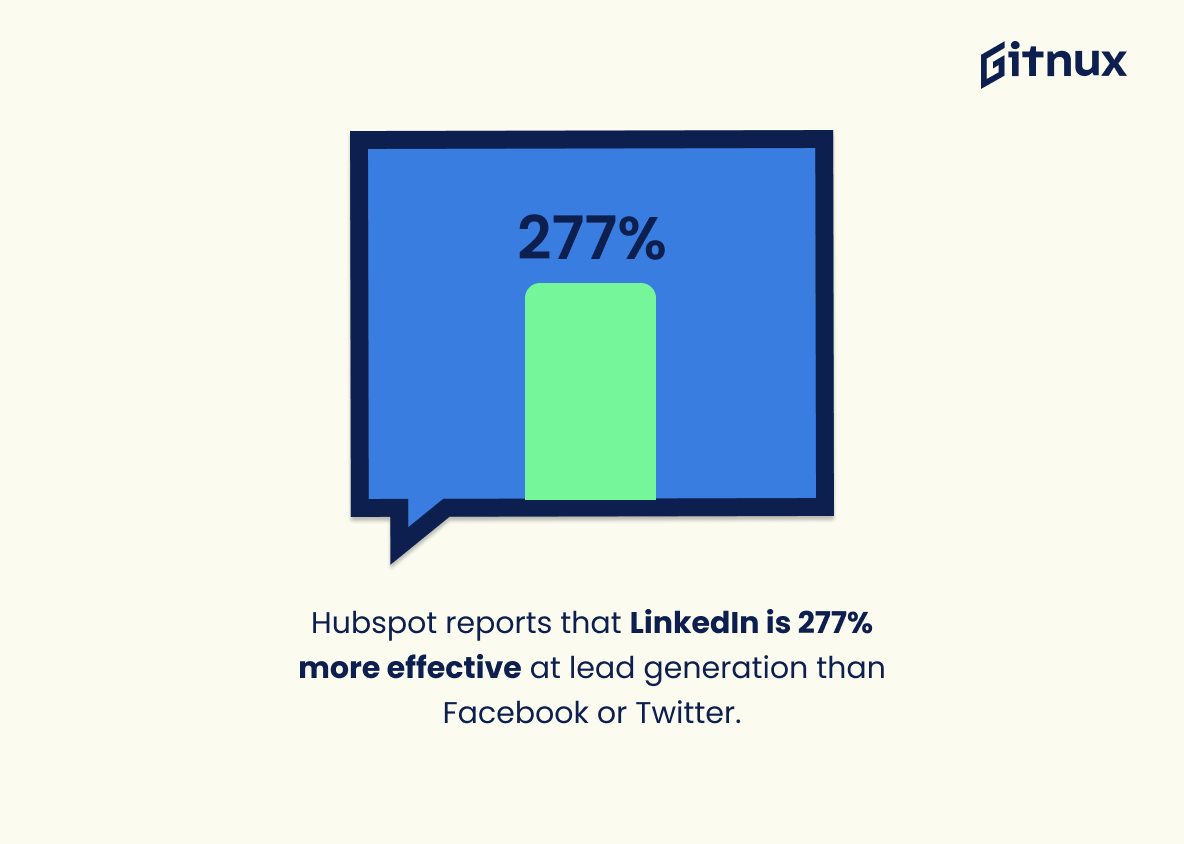In this digital era of hyper-connectivity, the phenomenon of shrinking social media attention spans has taken center stage. Captivating the heart and minds of users, in the fleeting moments they spend on a platform, has become a top priority for marketers and businesses worldwide. Armed with only a few seconds to make a lasting impression, navigating this constantly evolving landscape can certainly seem daunting. This blog post dives deep into the realm of social media attention span statistics, demystifying the complex relationship between social media consumption and user engagement. Whether you’re a newbie or a pro in the digital marketing spectrum, these insightful statistics will help bolster your strategies and forge meaningful connections in the unforgiving digital battlefield.
The Latest Social Media Attention Span Statistics Unveiled
The average user spends 2 hours and 22 minutes per day on social networks and messaging, according to a Global Web Index report.
Delving into the realm of Social Media Attention Span Statistics, the gem we unearth is the startling revelation from the Global Web Index report. An average user devotes approximately two hours and twenty-two minutes daily, engrossed in social networks and messaging. This intriguing nugget of information serves as a digital mirror, reflecting the contemporary society’s immersion into the digital world.
Giving us a peek into the world of connectivity and instant gratification, the tidbit exemplifies how much time the contemporary netizen is willing to pour into these platforms. It’s like holding a giant hourglass, confirming that a significant portion of our 24-hour day trickles away on screens – translating likes, shares, comments, and messages into an integral part of the routine.
With this in mind, content creators, marketers, and even psychologists, can glean profound insights into user behavior. It provides an accurate measure of the ‘stickiness’ of social media platforms, offering valuable context for the fluid, fast-paced landscape of digital engagement. Armed with this knowledge, strategies can be tailored to vie for this fleeting yet abundant attention afforded to social media.
A Microsoft study found that since the year 2000 the average attention span dropped from 12 seconds to 8 seconds.
Delving into the realm of ‘now’ where digital screens reign supreme, this striking statistic serves as an insightful compass for all navigating the choppy waters of our fast-paced social media landscape. The marked plunge in average attention span since 2000, as highlighted by a study from Microsoft, paints a vivid picture of the challenges in capturing and maintaining interest in an era dominated by rapid-fire information delivery and consumption.
This crucial piece of data, within a blog post on Social Media Attention Span Statistics, underscores the urgency of delivering punchy, engaging content within the first few moments. It stresses the need for bloggers, marketers and influencers to constantly innovate and adapt their strategies to grip their audience’s fleeting focus. This not only breeds creativity but ensures the content is constantly evolving to reach and resonate with its always-on-the-move audience.
With attention span dwindling down to a mere 8 seconds, the time to impact, captivate and convey the heart of the message is narrower than ever, precisely why every second counts in the competitive arena of Social Media.
49% of users like a Facebook page to support a brand they like according to a report by QuickSprout.
In a digital era dominated by fleeting interactions, where social media users often make split-second decisions about what to engage with, the aforementioned statistic shares a significant revelation. When nearly half the users ‘like’ a Facebook page in endorsement of the brands they prefer, it reveals a tangible relationship between brand loyalty and social media habits. For a blog post dissecting Social Media Attention Span Statistics, this provides valuable insight. It signifies the capacity of brands to grab and hold the attention of social media users amidst a sea of distractions, creating impactful audience engagement. It adds a layer of understanding as to how attention span on social media can potentially be harnessed and transformed into supportive actions, consequently leading to the longevity of a brand’s influence and recognition.
According to WebFX, 74% of Facebook users visit the site daily.
In the grand theater of social media, it seems Facebook isn’t surrendering the limelight yet. The percentage of daily visitors reaching an astonishing 74% provides fertile ground for the blog post’s discourse. Indeed, this compelling number amplifies the magnitude of attention that Facebook consistently commands. Drawing insights from this, readers can analyze their own social media content strategies and adapt accordingly. It also lends weight to the necessity for businesses and influencers to remain agile in a digital landscape that sees Facebook championing daily user engagement. The high percentage reinforces a continuous need to understand and adapt to the ebb and flow of Facebook users and their attention span dynamics.
Users are now watching 100 million hours of video on Facebook every day.
Unwrapping the colossal figure of users delving into 100 million hours of daily Facebook video viewership presents itself as an unprecedented portrait of our evolving digital habits. Woven into a blog post about Social Media Attention Span Statistics, this statistic serves as the pulse of the social media-saturated world we inhabit.
Absorbing such a gargantuan amount of video content daily showcases our increasing aptitude for short bursts of information intake and reveals some intricate layers of our digital attention spans. Therein lies the emergence of a dual narrative – both the enthralment with and potential fatigue from, an endless stream of multimedia.
Moreover, as a seismic indicator of the shifting tides towards visual content over textual forms on social media platforms, this statistic underscores the growing significance of video content in capturing undivided attention. Therefore, it amplifies the importance for marketers and content creators to build well-crafted video strategies into their digital arsenals.
By using this figure as the narrative backbone, it allows bloggers to dive deeper into the new realities of social media consumption and explore how these evolving trends play into audience engagement, content creation strategies, and ultimately the redefinition of our digital attention economics.
According to BrandWatch, 50% of Twitter users are on the platform daily.
In the sprawling landscape of social media, Twitter exhibits a powerful pull, seeing half of its user base engaging on the platform each day, according to an insightful BrandWatch study. This striking stat isn’t just for numbers crunchers, but paints a riveting picture for a blog post exploring Social Media Attention Span Statistics. This reveals Twitter as a constant in the daily lives of its users, offering a persistent stream of user attention for brands, influencers, and content creators. A peek into the Twitterverse then becomes imperative, for it signals a unique opportunity to capture and sustain digital eyeballs, thus fueling compelling social media strategies.
Over 3.8 billion people are using social media worldwide according to a report by We Are Social.
The crux of this data point saturates the virtual landscape with a deluge of interactions, shaping a digital realm where over half the world’s population is now actively engaged. Diving into 3.8 billion social media users worldwide paints a dynamic portrait of modern communication; it’s a colossal congregation of individual attention spans that shift and swirl in response to the rhythms of social media. As we pivot our focus towards social media attention span statistics, the large number of users offers uncharted territories of insights. It not only underpins the potential enormity of the audience engaged, but also presents an intricate maze of behaviors, trends, and patterns that blog post writers and readers alike must navigate to understand how one can effectively catch and hold the attention of this digital multitude.
The average LinkedIn user spends 17 minutes on the site per month, as reported by Wordstream.
In the vibrant canvas of Social Media Attention Span Statistics, the ’17-minute average monthly usage per LinkedIn user’, as stated by Wordstream, paints a compelling picture. It serves as an excellent yardstick against which to compare user engagement of other social media platforms. Ponder this for a moment, these 17 minutes, in which a LinkedIn user sifts through professional content, network, or share expertise, can provide valuable insights into the quality and depth of users’ attention span. It’s a testament to the powerful gravitational pull of engaging, quality content amidst the swirling whirl of social media distractions. More so, it denotes LinkedIn’s clout as an influential platform in the professional world. Hence, if you’re focusing your content marketing strategies for thought-provoking, business-oriented blogs, where your audience would appreciate depth over frivolity, these 17-minutes could make all the difference in attracting, engaging, and retaining your audience’s attention.
88% of users are on Instagram to interact with brands or products they like, reported by SproutSocial.
Imagine a room crowded with nearly 9 out of 10 people eagerly raising their hands to interact with brands or products they admire. This scenario is not a marketer’s fantasy, but a documentation of SproutSocial’s revelation about user interaction on Instagram. Akin to the crowd in the room, Instagram users clearly exhibit a similar vigor. This level of engagement is significant and fascinating from the perspective of ‘Social Media Attention Span Statistics’ blog post. It illustrates the potency Instagram holds in holding user attention, reflecting its substantial ability not only to captivate, but engage users in dialogues, discussions and interactions with their preferred brands. Surely then, nothing could illustrate better the need to maneuver wisely around Instagram’s enormous potential for brand intervention.
46% of users said they would unfollow a brand on social platforms if it posted too many promotional messages according to SproutSocial.
Capturing the attention of social media users is akin to taming an impatient beast. The statistic which posits that 46% of users would unfollow a brand dishing too many promotional messages, as indicated by SproutSocial, highlights this challenge strikingly. It operates like a double-edged sword for content creators, causing them to constantly juggle between promoting their brand and keeping their audience engaged.
In an era where every nanosecond counts, this statistic serves as a brutal reminder to brands that they can quickly lose followers – their most valued resource – if their social media strategy leans heavily towards aggressive promotion. It illuminates the fact that over-saturation of promotional content can be detrimental, painting the picture of a thinning attention span amidst a deluge of content in the social media world.
Essentially, it provides a clue to the elusive formula of user engagement – content diversity. Brands must comprise their media strategy of a healthy mix of promotional and non-promotional content, thus effectively treading the thin line of customer engagement and attention. Hence, any discourse about social media attention spans would be incomplete without acknowledging this statistic. It successfully encapsulates the critical balance required in a marketing strategy to sustain and grow followership in today’s rapidly fluxing social media landscape.
83% of all global traffic will be video by 2021, according to a Cisco report.
As we dive deep into the world of social media attention span statistics, it’s vital to acknowledge a staggering revelation from a Cisco report. It has foreseen that a whopping 83% of all global traffic will be nothing but video content by 2021. Online users are increasingly finding themselves captivated by the dynamic allure of video, rather than static text or images. If you’re spinning the wheel of social media strategy, this emphasis on video content is akin to striking gold. Understanding this trend offers a potential treasure trove of engagement opportunities, as creating captivating video content could be the secret to grasping that increasingly elusive social media attention span.
Twitter has 330 million monthly active users according to a report by Oberlo.
An intricate dance of numbers and users unfolds on Twitter, defined by the presence of 330 million monthly active warriors of the written word, as detailed in a report by Oberlo. Such an astounding figure is not merely ink on paper, it’s a testament of multitudes engrossed in bite-sized information spinning on a global carousel.
In the realm of social media attention span statistics, it becomes an illuminating beacon guiding us to understand the ephemeral nature of modern digital consumption. Twitter, where thoughts are condensed into a limited set of characters, thrives despite — or perhaps because of — the transient attention spans of the digital age users. The stage thrumming with 330 million passionate users serve up a rich, continually evolving dataset offering insightful nuggets on short but significant engagements, ultimately shaping effective content strategies.
Hubspot reports that LinkedIn is 277% more effective at lead generation than Facebook or Twitter.
In the bustling realm of social media, where attention spans are constantly put to the test, any advantage is like gold dust. Consider this nugget: Hubspot reports that LinkedIn triumphs with a stellar efficiency score, outclassing Facebook and Twitter by being 277% more productive at lead generation. Reflect on that astonishing contrast while discussing Social Media Attention Span Statistics.
It’s equivalent to a marathon runner outpacing their competitors almost threefold amid the chaos of the digital marketing world. Crucially, this statistic introduces a different perspective on the battle for attention in the social media sphere, clearly depicting LinkedIn, often recognized for its professional networking features, as an unsung hero in the arena of lead generation. This perspective therefore underscores LinkedIn’s untapped potential in captivating and retaining viewer attention, thus redefining the parameters of our conversation about social media attention span statistics.
Conclusion
The fast-paced terrain of social media calls for an in-depth understanding of how user attention span operates within this sphere. These social media attention span statistics uniquely arm us with the insight to craft messages that are not just enticing and engaging, but also well-timed and perfectly paced. Focusing on enhancing the quality of content, its relevance and delivery frequency – all whilst staying current and on-trend, can significantly contribute to your social media success. Remember, developing a strategy that respects your audience’s attention span can drive your social media channels towards a higher level of engagement, fostering meaningful interactions, and effectively boosting your online presence.
References
0. – https://www.www.webfx.com
1. – https://www.sproutsocial.com
2. – https://www.wearesocial.com
3. – https://www.www.quicksprout.com
4. – https://www.blog.hubspot.com
5. – https://www.www.brandwatch.com
6. – https://www.www.cisco.com
7. – https://www.www.globalwebindex.com
8. – https://www.www.wordstream.com
9. – https://www.www.oberlo.com
10. – https://www.www.microsoft.com
